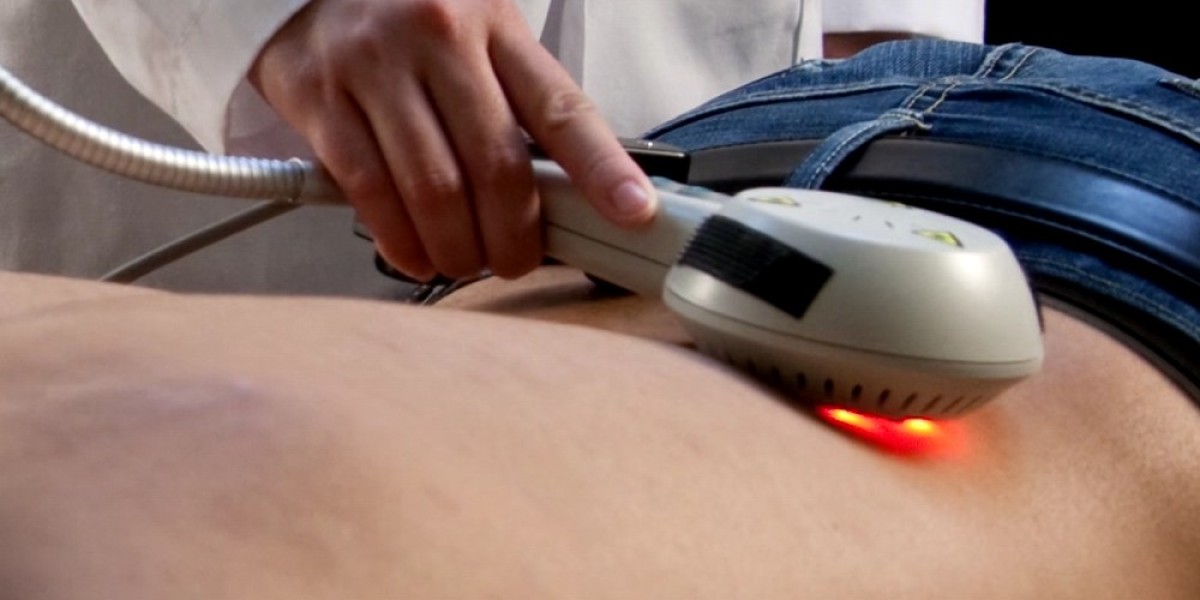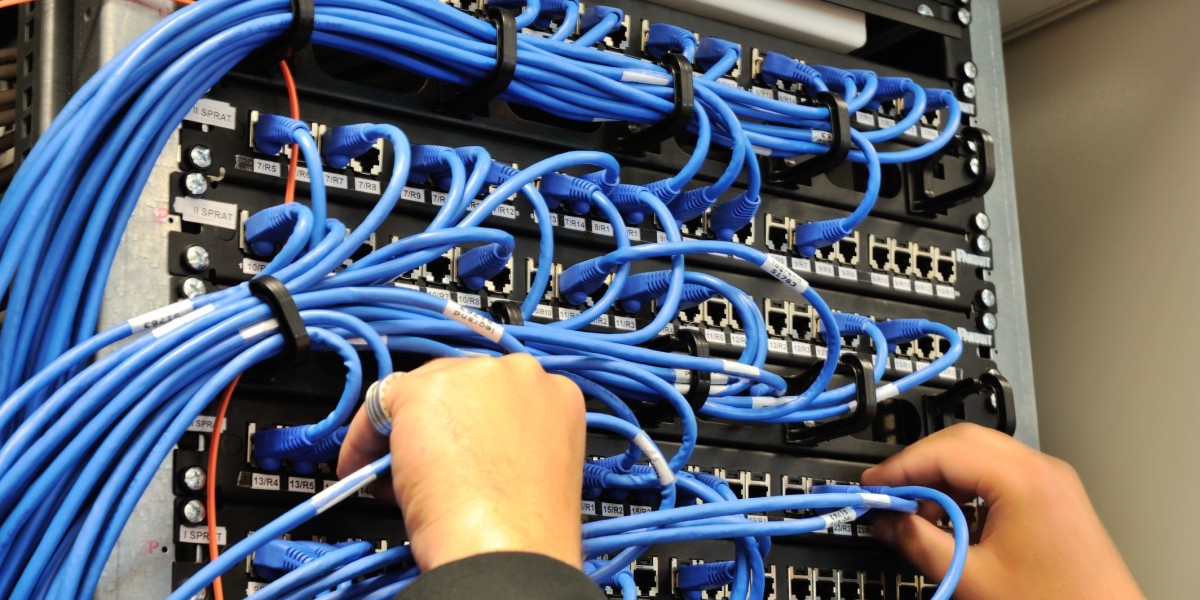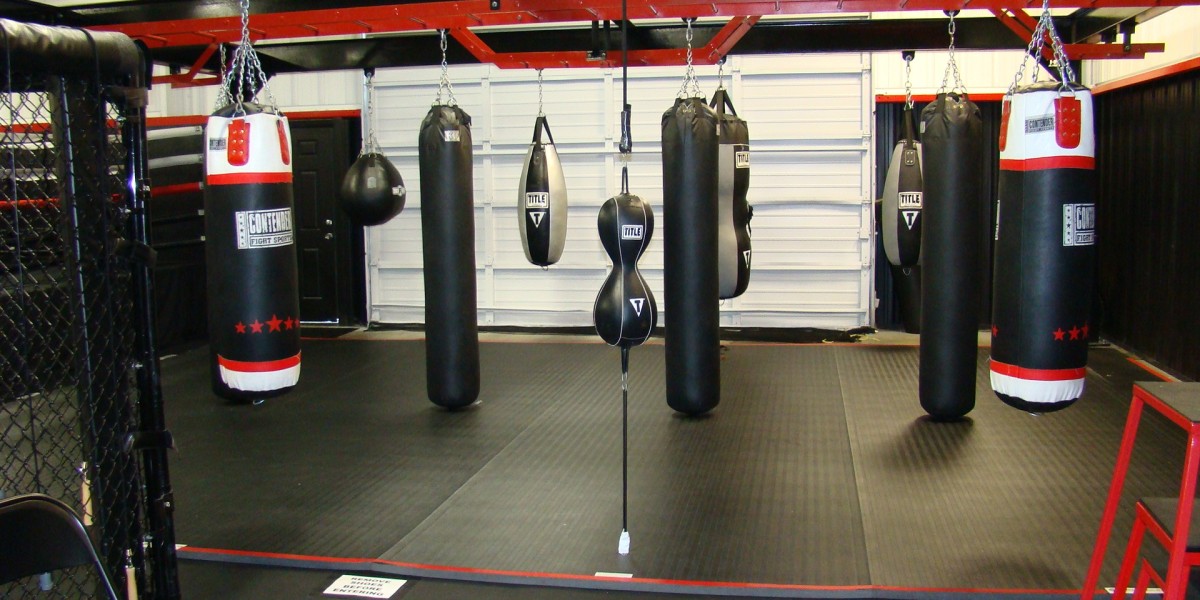In the realm of modern medicine, innovative treatments continue to emerge, offering new avenues for healing and recovery. One such advancement is cold laser therapy, a non-invasive procedure that utilizes low-level laser light to stimulate cellular regeneration and promote tissue repair. Let's delve into the fascinating world of cold laser therapy and explore its potential benefits in the realm of healthcare.
Understanding Cold Laser Therapy:
Cold laser therapy, also known as low-level laser therapy (LLLT) or photobiomodulation therapy, involves the application of low-intensity laser light to targeted areas of the body. Unlike traditional surgical lasers that generate heat, cold lasers emit wavelengths of light that are absorbed by cells, triggering a cascade of biochemical reactions at the cellular level. This therapeutic process promotes tissue healing, reduces inflammation, and alleviates pain, making it a valuable tool in the treatment of various medical conditions.
How Cold Laser Therapy Works:
The mechanism of action behind Cold Laser Therapy revolves around the concept of photobiomodulation, wherein light energy is absorbed by cells, initiating biochemical changes that promote healing and regeneration. The photons delivered by the cold laser stimulate mitochondrial activity within cells, leading to increased production of adenosine triphosphate (ATP), the energy currency of cells. This heightened ATP production fuels cellular repair processes, accelerates tissue regeneration, and reduces inflammation, ultimately promoting healing at the site of injury or pathology.
Applications of Cold Laser Therapy:
Cold laser therapy has a wide range of applications across various medical disciplines, including:
Pain Management: Cold laser therapy is commonly used to alleviate acute and chronic pain associated with musculoskeletal injuries, arthritis, neuropathy, and other conditions.
Sports Medicine: Athletes often turn to cold laser therapy to expedite recovery from sports-related injuries, such as strains, sprains, and tendonitis, allowing for faster return to competition.
Rehabilitation: Cold laser therapy is integrated into physical therapy and rehabilitation programs to enhance tissue healing, reduce pain, and improve range of motion following surgery or injury.
Dermatology: In dermatology, cold laser therapy is utilized for skin rejuvenation, scar reduction, acne treatment, and wound healing, yielding cosmetic and therapeutic benefits for patients.
Veterinary Medicine: Cold laser therapy is increasingly utilized in veterinary medicine to treat musculoskeletal conditions, wounds, and postoperative pain in companion animals and equine patients.
Explore More Articles- Bleeding Control Kit Market








